Hydrangea leaves are curling and falling off. Help!
HU-891892140
last year
Related Stories

FALL GARDENING5 Ways to Put Fall Leaves to Work in Your Garden
Improve your soil and yard the organic way with a valuable garden booster that grows on trees
Full Story
FALL GARDENINGMake This Fall’s Garden the Best Ever
Learn the most important tip for preventing buyer’s remorse, plus get more valuable buying and planting advice
Full Story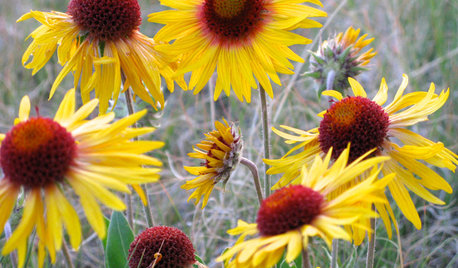
FLOWERS AND PLANTSBlanketflower’s Yellow Blooms Brighten Up Summer and Fall Gardens
Gaillardia aristata welcomes wildlife, shrugs off drought and poor soils, and can help restore grasslands
Full Story
LANDSCAPE DESIGNWhy Fall Is a Good Time to Start Planning Your Landscape Redesign
Designers share timelines, key project stages and other insights to help you kick off an outdoor overhaul this season
Full Story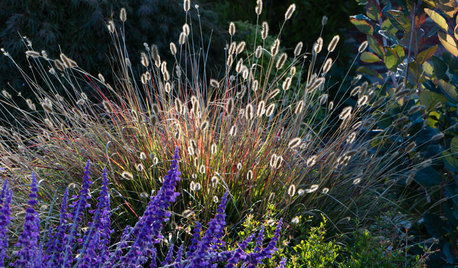
FALL AND THANKSGIVINGMake Fabulous Fall Bouquets With Seasonal Garden Ingredients
Late-blooming flowers shine when combined with fall leaves, garden herbs, branches of fruit, dried grasses and more
Full Story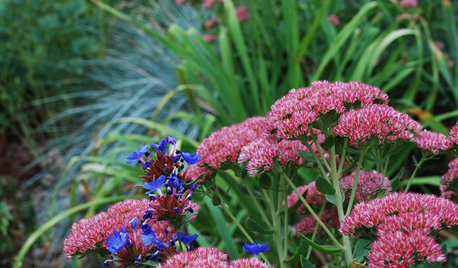
GARDENING GUIDESFall Is Calling: What to Do in Your October Garden
Get a jump on winter prep or just sit back and watch the leaves fall. The beauty of an autumn garden is in all the choices you have
Full Story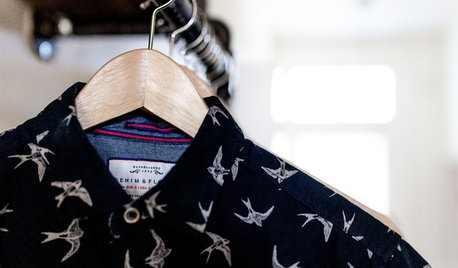
COMMUNITYHow to Donate Clothes to Charity Without Leaving Home
Turn fall cleaning into an opportunity to give back to the community
Full Story
PORCHESA Peek at 2 Prettily Dressed Fall Porches
Pumpkins, fall flowers and flea market finds help two Ohio porches get into the seasonal spirit
Full Story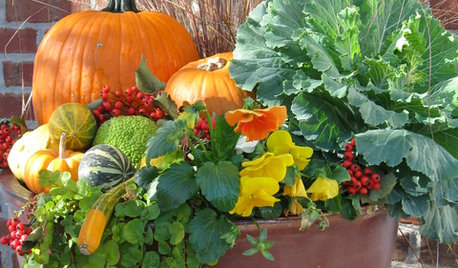
FALL AND THANKSGIVING10 Standout Fall Container Gardens With Seasonal Pizazz
Ingredients like preserved leaves, berries and pumpkins add color and interest to potted designs
Full Story
EXTERIOR COLORExterior Color of the Week: Rich, Fall-Friendly Reds
Look to the crimsons and burgundies of turning autumn leaves for a deep, captivating home color
Full Story






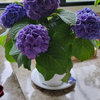
HU-533188072
luis_pr
Related Professionals
Forest Acres Landscape Architects & Landscape Designers · Ilchester Landscape Architects & Landscape Designers · Quincy Landscape Architects & Landscape Designers · Bethlehem Landscape Contractors · Gainesville Landscape Contractors · Goodlettsville Landscape Contractors · New Berlin Landscape Contractors · Oviedo Landscape Contractors · Stony Brook Landscape Contractors · Tustin Landscape Contractors · New Carrollton Landscape Contractors · Kingsburg Landscape Contractors · Farmington Siding & Exteriors · Lebanon Siding & Exteriors · South Glastonbury Siding & Exteriorsgardengal48 (PNW Z8/9)
ostrich
Sajjad Rohollahi